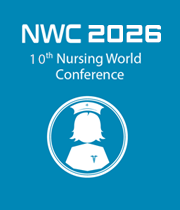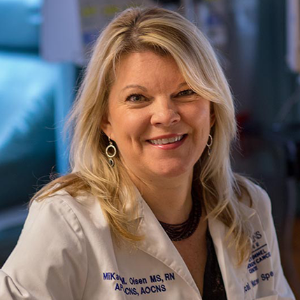Title : Safe handling of Hazardous Drugs (HDs): Keeping health care providers safe at work
Abstract:
Serious adverse effects of hazardous drugs are well-known. It remains impossible to avoid administration of these drugs since many are essential for the treatment of cancer and other diseases. Adverse health effects from occupational exposure to HDs are based on the inherent toxicities of the drug(s) and similar effects have occurred in both patients and HCWs with exposure. Exposure to hazardous drugs in the health care setting can cause acute and chronic health effects (e.g., nausea, vomiting, diarrhea, ocular irritation, headache, cough, dizziness, skin rashes, adverse reproductive outcomes, such as infertility and miscarriages, genetic, and an increased occurrence of cancer) (Centers for Disease Control and Prevention, 2014).
HDs require careful handling by healthcare providers and others who come in contact with them to minimize exposure, the adverse health effects of exposure, and to reduce HD drug contamination of the workplace. A universally accepted definition of HDs is essential so that drugs are recognized as requiring safe handling precautions. Drugs are classified as hazardous when they possess one of six characteristics (American Society of Health-System Pharmacists [ASHP], 2006; National Institute for Occupational Safety and Health [NIOSH], 2004). HDs are administered in all areas of the health care environment. Antineoplastic agents are known to be hazardous and the negative effects of exposure have been published since 1970. Despite this health care providers are often unaware of the exposure risks and how to implement safe handling. The NIOSH 2016 list contains a comprehensive review of all HDs that can be referenced by providers who prepare, administer and otherwise handle HDs or HD waste. This list contains many non-antineoplastic HDs that are given commonly in the health care setting (e.g. immunomodulatory and antiviral drugs). Health care providers must be aware of the health risks associated with HDs and protect themselves from the harm.
HDs are administered in multiple clinical settings, it is imperative that safe handling policies and training extend throughout the organization in both inpatient and ambulatory areas. HD safe handling should be a top priority in all organizations. The handling of hazardous drugs and hazardous drug waste affects each employee who works in the health care setting. Increased awareness of the dangers of HDs is necessary and this presentation will highlight those risks and give strategies for improving safe handling.
Audience Take Away:
• List three characteristics of a hazardous drug
• Describe the adverse health effects that can occur from exposure to hazardous drugs
• Describe three strategies to minimize hazardous drug exposure in the health care setting



